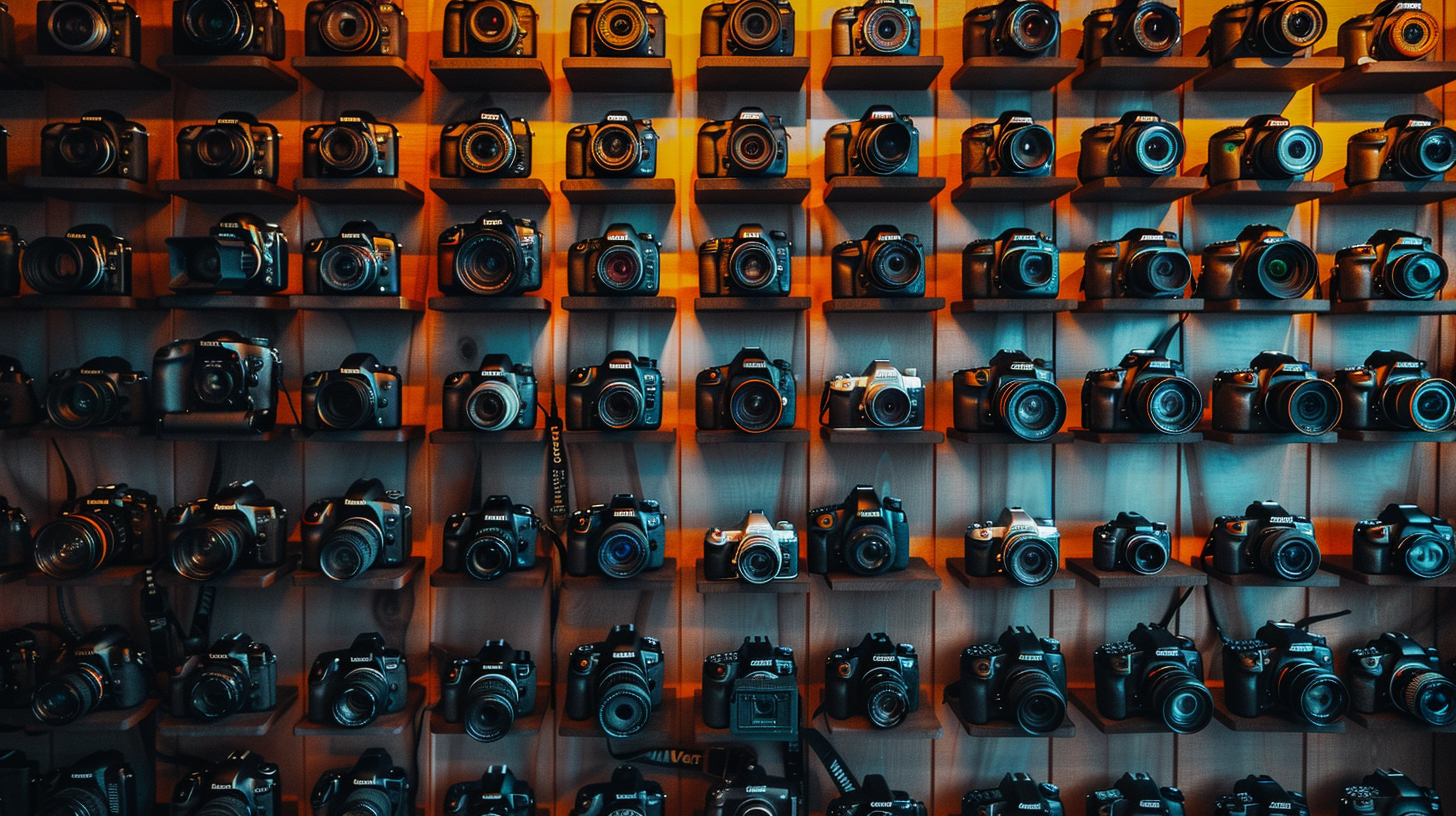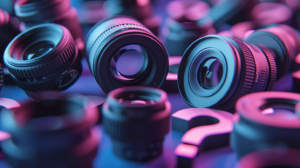
Understanding Your Shot Needs and Budget Considerations
Before diving into the technical aspects of lens selection, it’s crucial to understand the various shots you’ll need to capture throughout the wedding day. From wide shots of the venue to intimate close-ups of the couple, each moment demands a specific lens to do it justice.
Wide-angle lenses, typically ranging from 14mm to 35mm, are perfect for capturing expansive scenes such as venue shots or group portraits. They allow you to encapsulate the grandeur of the event, providing a sense of space and atmosphere in your footage.
Medium focal length lenses, such as the popular 24-70mm zoom lens, offer versatility and flexibility. They allow you to seamlessly transition from wide shots to close-up details without the need to change lenses frequently, making them ideal for capturing a wide range of scenes and moments throughout the day.
For intimate moments and candid shots, telephoto lenses are indispensable. With focal lengths typically ranging from 70mm to 200mm or more, these lenses allow you to capture intimate moments without intruding on the couple’s privacy. They also enable you to isolate subjects from the background, creating stunning portraits with beautiful bokeh.
Of course, budget considerations play a significant role in lens selection. Determine your budget and prioritize lens investments based on your shooting style and the demands of the event. While high-quality lenses can be a significant investment, they can make a world of difference in the quality of your footage.
Prime vs. Variable Lenses and Understanding Aperture
Once you have a clear understanding of your shot needs and budget, it’s time to delve into the specifics of lens types and technical features. One of the first decisions you’ll need to make is whether to invest in prime lenses or variable lenses.
Prime lenses, which have a fixed focal length, offer superior image quality, wider apertures, and a more compact design compared to variable lenses. This makes them ideal for low-light conditions and artistic shots where maximum image quality is paramount. However, their fixed focal length means you’ll need to swap lenses more frequently to capture different types of shots.
On the other hand, variable lenses offer versatility and convenience with variable focal lengths. This allows you to adjust your framing quickly without the need to change lenses, making them perfect for capturing dynamic events like weddings. While zoom lenses may not offer the same level of image quality as prime lenses, modern variable lenses can still deliver excellent results in most situations.
Understanding aperture and f-stop is crucial when selecting lenses for wedding videography. The aperture, measured in f-stops, determines the amount of light that enters the lens and affects the depth of field in your footage. A wider aperture, indicated by a lower f-stop number (e.g., f/1.4 or f/2.8), allows more light to enter the lens, making it essential for shooting in low-light conditions and achieving beautiful bokeh effects.
Autofocus Speed, Low-Light Performance, and Conclusion
The final piece of the puzzle lies in ensuring seamless autofocus performance and optimal low-light performance. Fast and accurate autofocus is paramount for capturing spontaneous moments with precision, while lenses with superior low-light performance minimize noise and maintain image quality in challenging lighting conditions.
When selecting lenses for wedding videography, prioritize factors such as autofocus speed, low-light performance, and lens compatibility. Investing in high-quality lenses that meet these criteria can make a significant difference in the quality of your footage and the overall success of your wedding videography business.
In conclusion, choosing the right lenses for wedding videography requires careful consideration of your shot needs, budget, and technical requirements. By understanding the different types of lenses available, their features, and how they align with your shooting style, you can select lenses that elevate your wedding videography to new heights. Remember, each lens choice contributes to the narrative of the couple’s special day, ensuring timeless memories captured with clarity and emotion.
This organized format provides a clear and structured guide for selecting lenses for wedding videography, covering essential aspects such as shot needs, budget considerations, lens types, technical features, and performance considerations.
Related Posts

The Best Wedding Videography Cameras of 2024
Capturing the essence and emotion of weddings demands not only skill but also the right tools. With a myriad of options available, navigating the landscape of wedding videography cameras can be overwhelming. Fear not! In this comprehensive guide, we’ll delve into the top contenders, offering an in-depth analysis of their features, performance, and value for money to help you make an informed decision.


